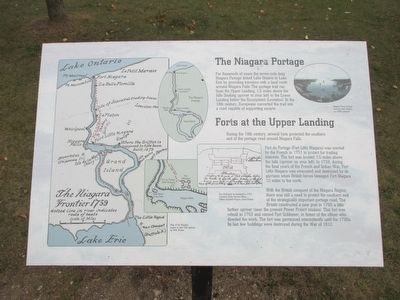Welcome to Building 640, a cornerstone of American military history nestled in the scenic Presidio of San Francisco, California. This seemingly unassuming structure played a pivotal role during World War II as the original site of the Military Intelligence Service Language School. In the shadow of the Golden Gate Bridge, this building was the birthplace of an innovative and clandestine training program that would contribute significantly to the Allied victory in the Pacific.
In November 1941, just one month before the attack on Pearl Harbor, the first class of sixty students, mostly Nisei—second-generation Japanese Americans—began their intensive language training in an old aircraft hangar on Crissy Field. These students, led by a small group of dedicated instructors, were taught Japanese language and military terminology. Their mission was to serve as translators, interrogators, and intelligence officers in the Pacific Theater, tasks crucial to the success of military operations.
Despite the racial prejudice and suspicion surrounding Japanese Americans during the war, these soldiers demonstrated unwavering dedication and loyalty to the United States. They provided invaluable contributions, such as translating intercepted enemy communications and persuading Japanese soldiers to surrender, saving countless lives and shortening the war.
Building 640 is not just a relic of the past; it is a symbol of courage and resilience. It stands as a reminder of the contributions made by Japanese Americans who, despite facing discrimination, chose to serve their country with honor. Today, it houses the Military Intelligence Service Historic Learning Center, where visitors can learn about this significant chapter of history and its lasting impact on the U.S. military and society.
The legacy of Building 640 extends beyond its walls, influencing the establishment of the Defense Language Institute in Monterey, California, which continues to train military linguists to this day. As you explore this historic site, imagine the challenges and triumphs experienced by those who walked its halls and the enduring legacy of peace and reconciliation they helped to build.



